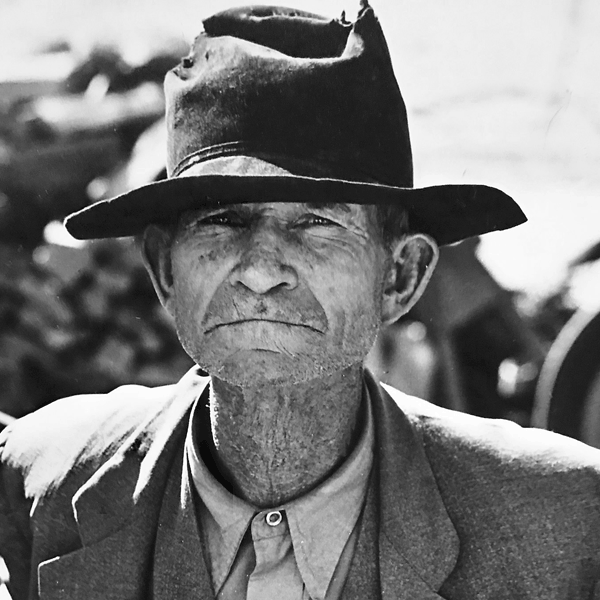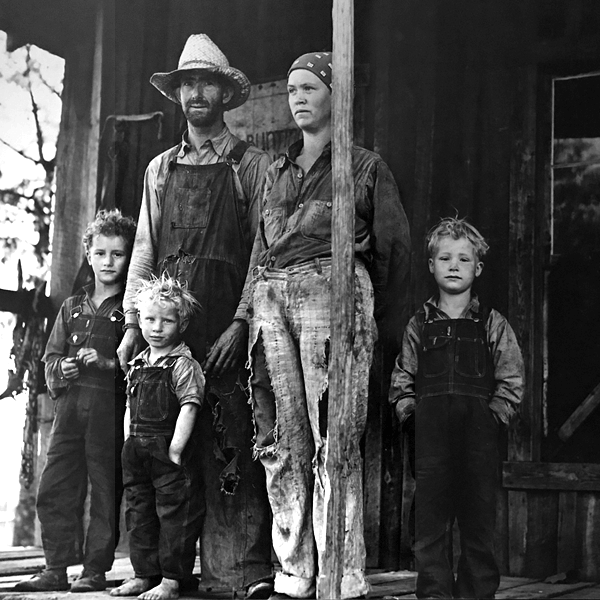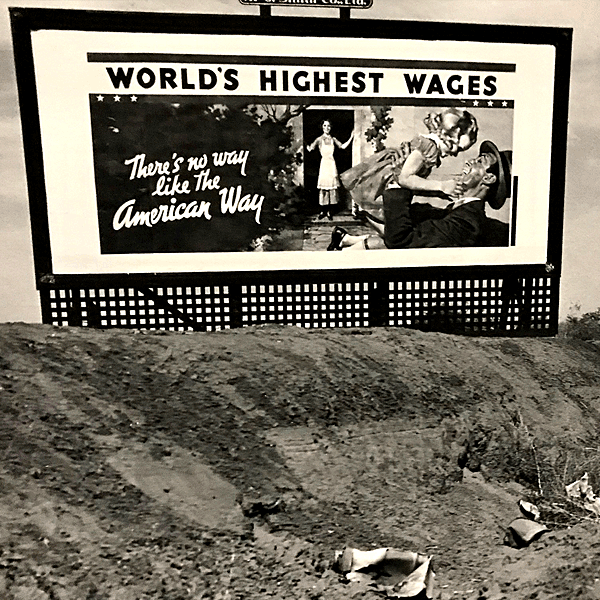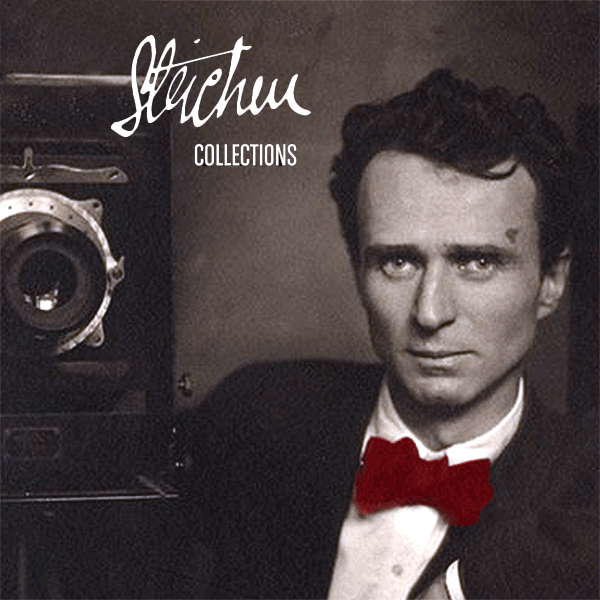The Steichen collections present the bittersweet years of photography
A man, his camera and The Family of Man
The Steichen Collections in Luxembourg bring together unique photographic masterpieces connected with the long and varied career of artist and photographer Edward J. Steichen (1879-1973).

The Family of Man
Curated by Edward Steichen, The Family of Man exhibition was first shown at The Museum of Modern Art in NYC in January 1955. Often hailed as the most successful exhibition of photography ever put together, the Family of Man toured the world for eight years and was on view in over 150 museums worldwide. Until 1994, when the complete exhibition was permanently installed as the Steichen collection in Clervaux Castle in Luxembourg, Edward Steichen’s birth country.
The Family of Man is composed of the original black and white prints made by 273 artists from 68 countries. All the traveling left most of the prints in such a fragile state that two large-scale restoration campaigns were necessary to preserve them. The Family of Man summarized Steichen’s approach to photography. Photographs were chosen for their capacity of communication and grouped together in themes to form a photographic essay. Now in its 65 plus years anniversary, the Family of Man still going strong as the greatest photography exhibition ever.
The Bitter Years
The Bitter years refer to the years from 1935 to 1943, during and after the Great Depression (made worse by a terrible drought), in which many people in rural America were passing through a period great distress and poverty. One-third of the nation was so ill-housed and ill-nourished that President Roosevelt established the Farm Security Administration (FSA). The FSA needed information. What’s more, the visual information provided by photographs.
The FSA created an extensive photography archive consisting of 175.000 negatives. The documentary photographs reveal an experience of American life that was unique. Made by photographers like Paul Carter, John Collier, Jr., Jack Delano, Walker Evans, Theo Jung, Dorothea Lange, Russell Lee, Carl Mydans, Arthur Rothstein, Ben Shahn, John Vachon, and Marion Post Wolcott, portray scenes of the Great Depression, farms, small-town life, and the build-up of American industry for WWII. The Waassertuerm in Dudelange, Luxembourg features 200 of them.


The Family of Man (1955) in Clervaux and The Bitter Years (1962) in Dudelange
The Steichen Collections in Luxembourg (both in Clervaux and Dudelange) bring together unique photographic masterpieces. Steichen had always stayed a Luxembourger at heart. In 1963, when he met Grand Duchess Charlotte at a state visit in the White House, Steichen introduced himself as ‘e Lëtzebuerger Jong’ (a Luxembourg boy). In accordance with Steichen’s wishes, the United States government presented in 1966 his native country Luxembourg with a traveling edition of The Family of Man. After his death, Steichen paid again tribute to his country of origin. He bequeathed a large part of his work to Luxembourg. The Family of Man (1955) in Clervaux, and The Bitter Years (1962) in Dudelange not only illustrate his work as a curator but also his vision on photography and life in general.
Edward Jean Steichen
Edward J. Steichen began taking photographs at the age of 16, going on to become one of the most famous American photographers of the twentieth century. In the 1950s and 1960s Steichen was known for his work for the Museum of Modern Art (MoMA) in New York. Born in Bivange, Luxembourg on March 27, 1879, Edward J. Steichen emigrated to the United States in 1881, where he studied photography and painting in the 1890s. He participated in various photo exhibitions in Europe and the USA. In the early 1900s a critic wrote admiringly that Steichen “is not satisfied showing us how a person looks, but how he thinks a person should look.” In New York, he met the famous Alfred Stieglitz who bought his photographs. Stieglitz and Steichen co-founded the Photo-Secession Movement in 1902, and in 1905, the Little Galleries in New York City. From 1906 to 1914 Steichen managed to work as a painter and photographer in France, where he also served as head of aerial photography for the USA Air Force during WWI.

Photography exhibitions
In need of money, Steichen threw himself into the world of commercial photography, devoting 15 years to Condé Nast publications, and the J. Walter Thompson agency, besides his own studio. During WWII Steichen started to guest curate the exhibitions “The Road to Victory,” or “Power in the Pacific”. As director of the department of photography at the Museum of Modern Art NYC, he curated “The Family of Man” in 1955, seen by 9 million people, but not without its critics.